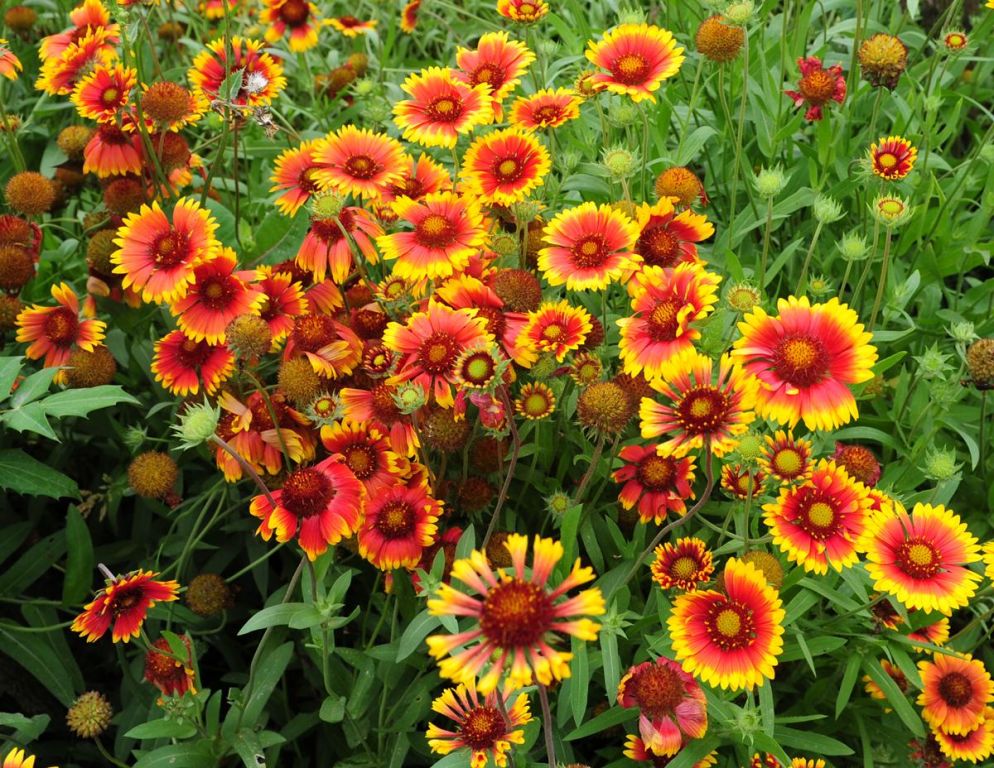1. It is advisable to choose greenhouses with steel sheds spanning 4.5 to 6 meters. It requires deep soil, loose soil, high organic matter content, good drainage, and no pollution.
Second, soil preparation and fertilization Before the ploughing, fully apply 2,000 kg of manure per acre. After ploughing in early November, dry rice for 2 to 3 days. Apply 75 kg of compound fertilizer per acre for basal fertilization, and plow till 1 time. The surface must be flat and thin, and 2 meters wide. Then carry out soil disinfection and control of underground pests. The bactericide is selected from 50% carbendazim 600 times solution or 70% thiophanate-methyl 800-1000 times solution spray. The insecticidal agent can be sprayed with 48% Lester's EC 800 to 1000 times solution.
Third, sowing seeds before sowing fully, the sowing rate of 0.15 kg per mu. The sowing method uses acupuncture on demand (this variety is not suitable for transplanting), the spacing of 25 cm 30 cm, 8000 points per acre. Each seed sown 2 to 3 seeds, then covered with composted soil fertilizer, pouring enough water.
Fourth, field management
1. Dingmiao: 4 to 6 days after sowing, seedlings begin to grow, and 2 to 3 true leaves grow to start seedlings. After the seedlings, one seedling per hole is set, with about 8,000 strains per acre.
2. Shed shed and management: Bai Yuchun radish in the north of the Yangtze River more suitable time for the buckle in mid-November. The film was started when the average temperature dropped below 10°C on the day. This species is more tolerant of low temperatures, and it is exposed to fine weather after the shed. It is uncovered during the day and it is covered with a film when it encounters cold air or rainy weather.
3. Fertilizer management: The relative humidity in the shed is kept below 70%. In the six-to-eight-leaf stage, topdressing is performed once, and 15 kg of urea per acre is poured on the water.
4. Pest Control. The main pests and diseases are cruciferous soft rot and aphids. Prevention of cruciferous soft rot, per acre with 12% of agricultural Streptomycin sulfate wettable powder 10 million units of water 50 ~ 75 kg sprayed and rooted; control aphids, imidacloprid can be sprayed on the water.
V. Harvesting When the root diameter expands to 8 to 10 cm and the length is 25 to 30 cm, it can be harvested, usually before and after the Spring Festival to mid-to-late February. When harvested, leaves 5 to 6 cm long petioles are retained and graded and packaged for sale.
Germination warm 10 to 30 ℃
While the number of days 7 to 10
Grow warm 10 to 30 ℃
The northern spring sowing, southern spring and autumn season two can sow, spring sowing 3-6 month, when can blossom;Autumn sowing blossom in April the following year.After turns the soil around the seed diameter 2 times, 10-12 days of emergence, pay attention to the watering fertilizer during the growth.Heat and drought resistant to cold, like the sun, also resistant to half overcast, loose soil should be well drained.Nature chrysanthemum colour is gorgeous, long flowering, cultivation management is simple, as a flower bed material, the greening effect is remarkable.

Gaillardia Seeds,Pure Chrysanthemum Seeds,Gaillardia Pulchella Seeds,Gaillardia Pulchella Foug Seeds
Ningxia Bornstein Import & Export Co., Ltd , http://www.bornstein-agriculture.com